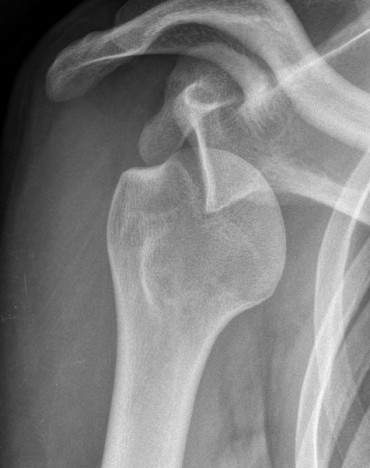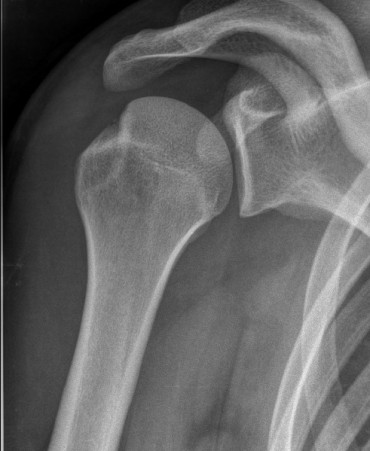A notion of fragility of the shoulder then settles with a significant risk of new dislocation, which can occur very easily during an innocuous of daily living activity.
In general, the second dislocation occurs in the year following the first one, caused by an accident or not and therefore qualifies a relapsing dislocation of the shoulder. Obviously if the new episode is 10 years after the first dislocation following a violent accident without ever having suffered in the meantime this notion can be questioned.


Surgical treatment
From the perfect evaluation of the lesions found in the shoulder depends the choice of the most suitable surgical treatment, which is called ‘reconstructive’ when it repairs the observed lesions (tear of the ligaments and the labrum) or is called ‘palliative’ When it adds a stabilizing structure not present in the normal state (as the shoulder bone block).
imagery
A complementary imaging assessment is necessary to review the unhealed lesions in the shoulder, and sequelae left by the displacement of the humeral head.
Exam
In France, the gold standard to confirm a recurrent dislocation of the shoulder is still the CT scan (injection of iodinated contrast medium in the shoulder and then performing CT slices) which makes it possible to see a negative image of ligaments, labrum and joint capsule but also the cartilaginous coating.
